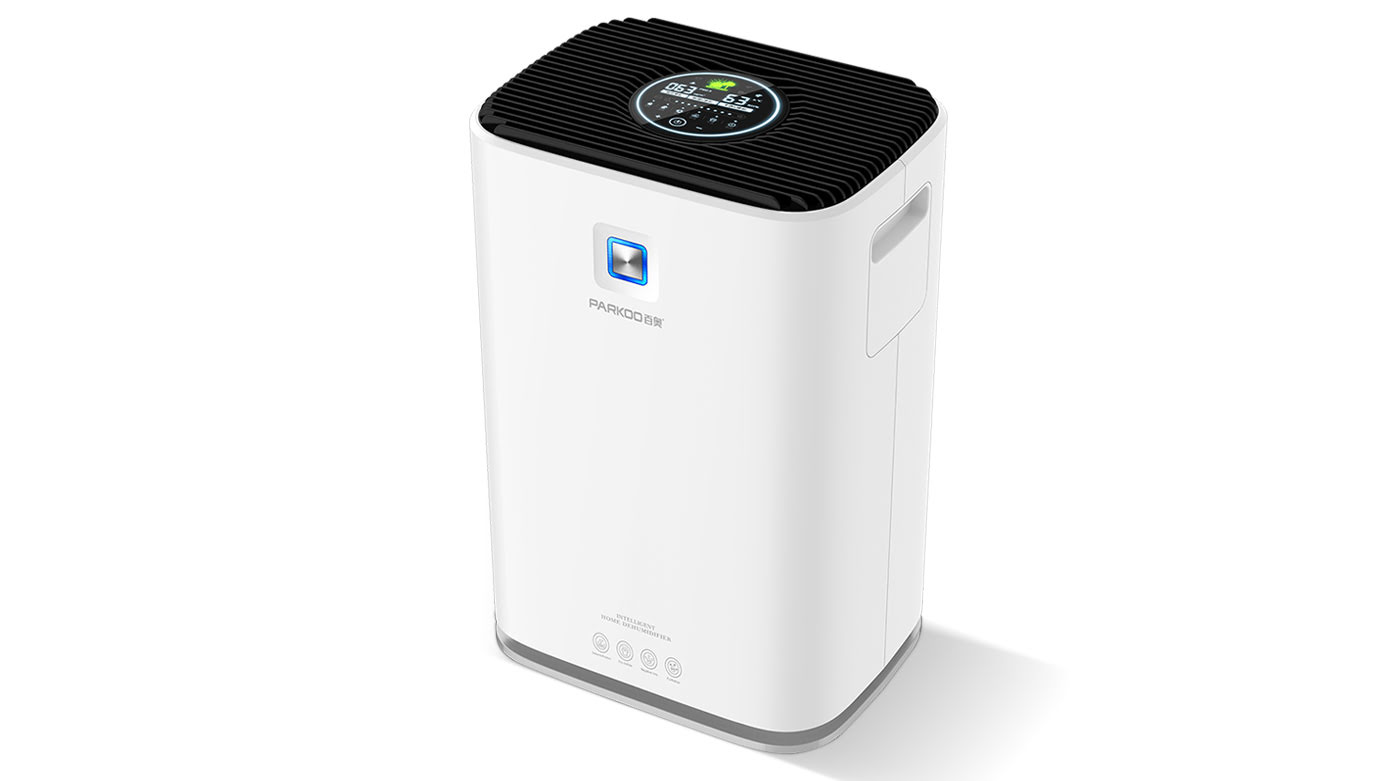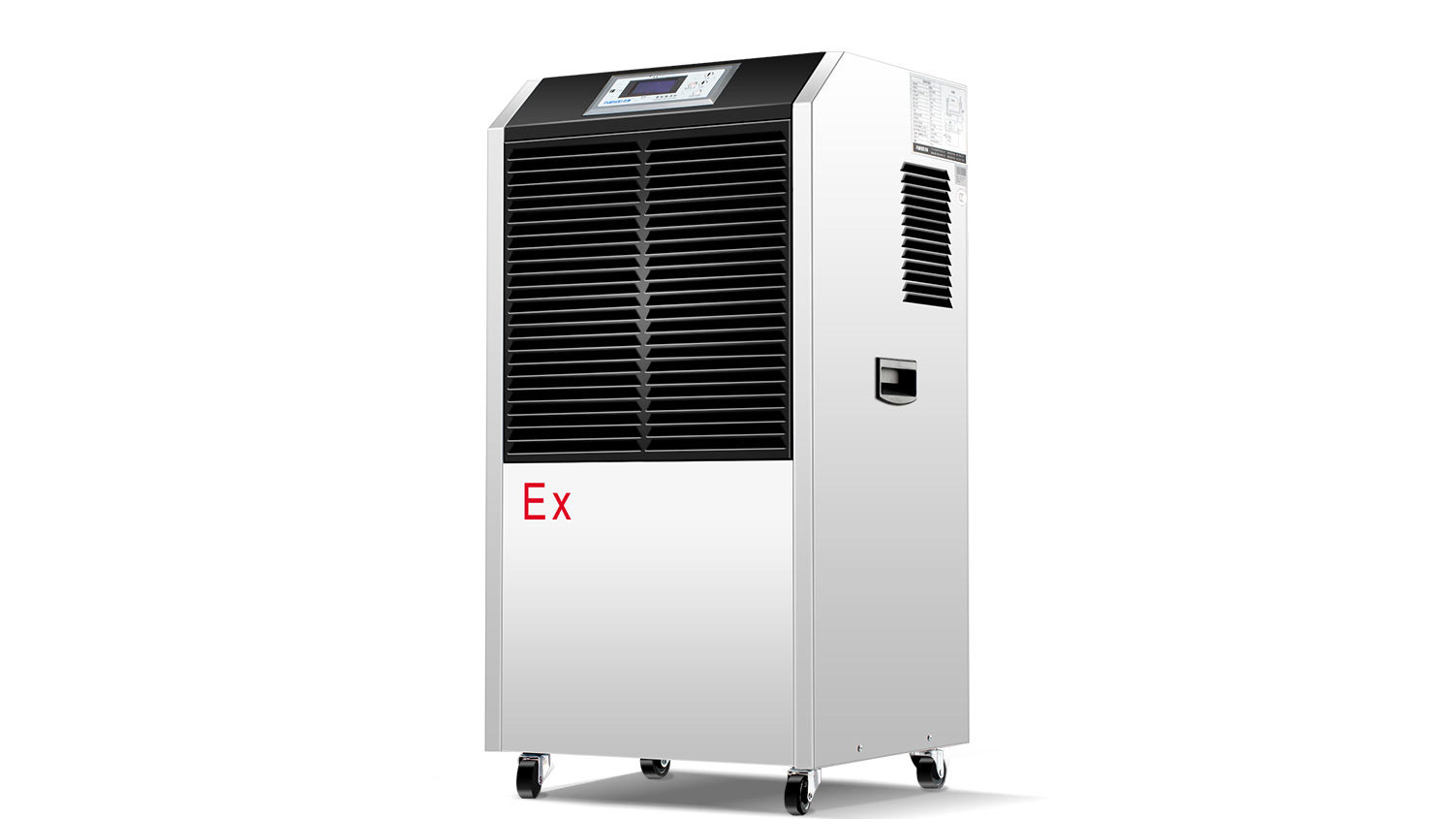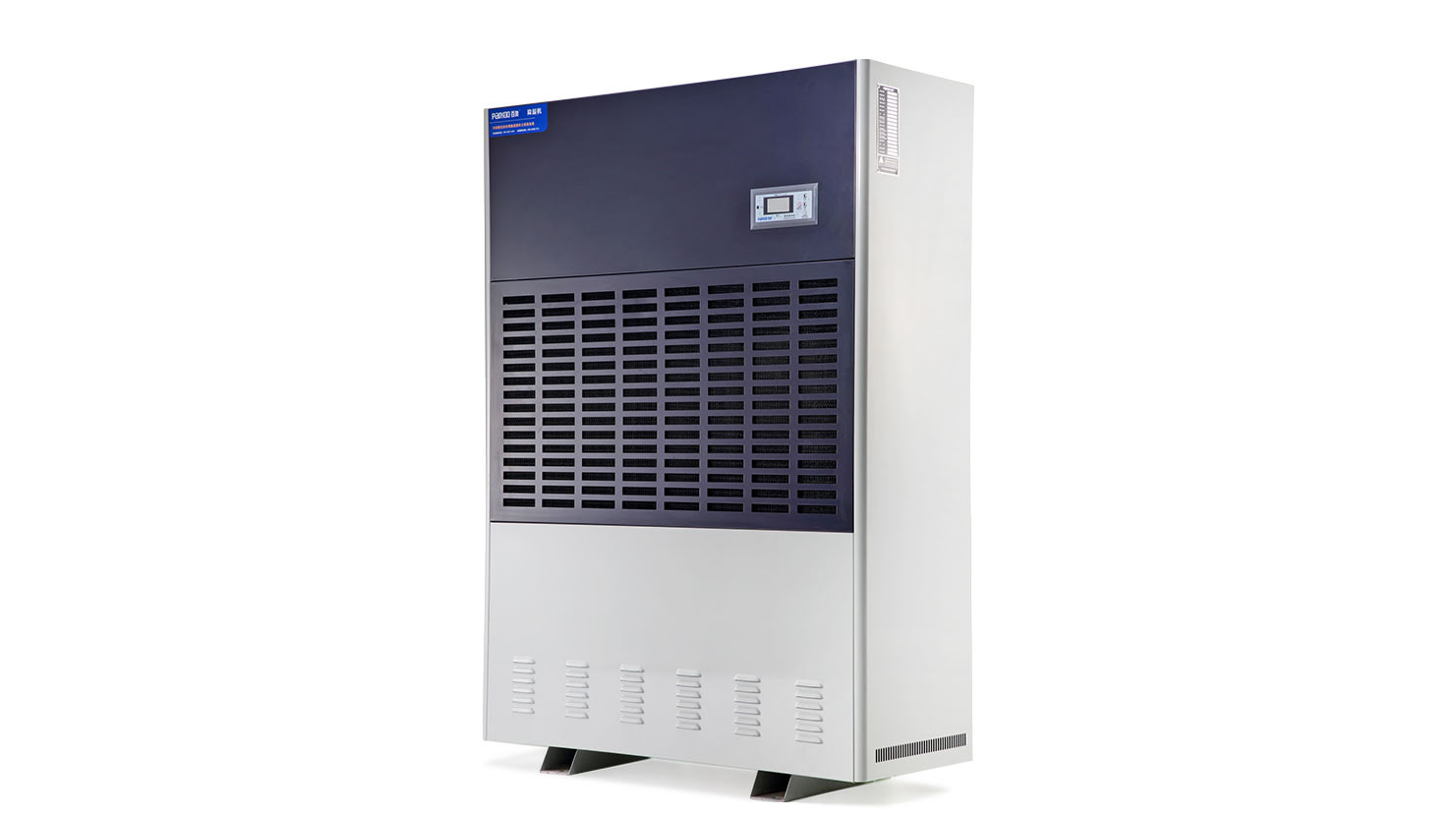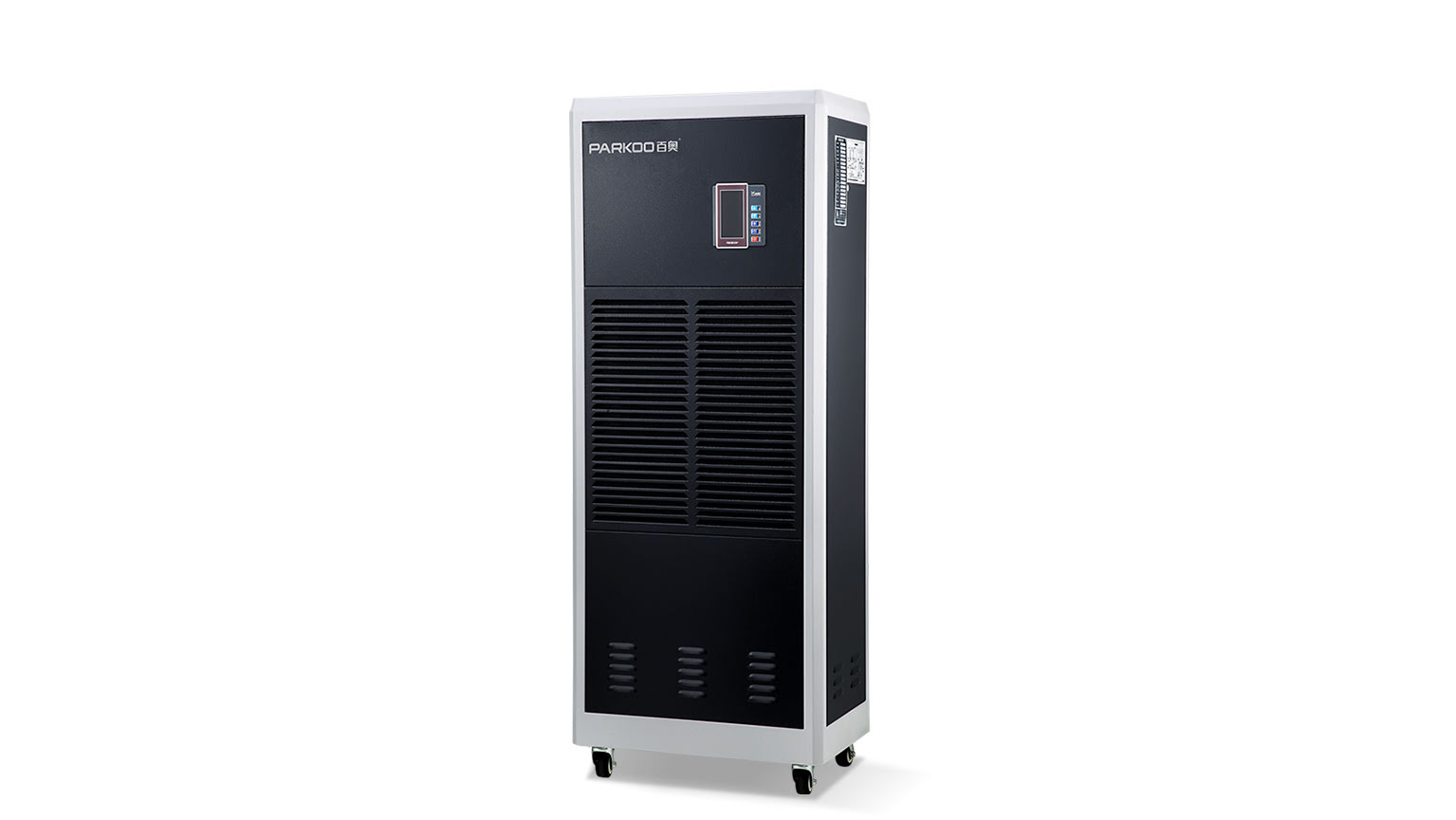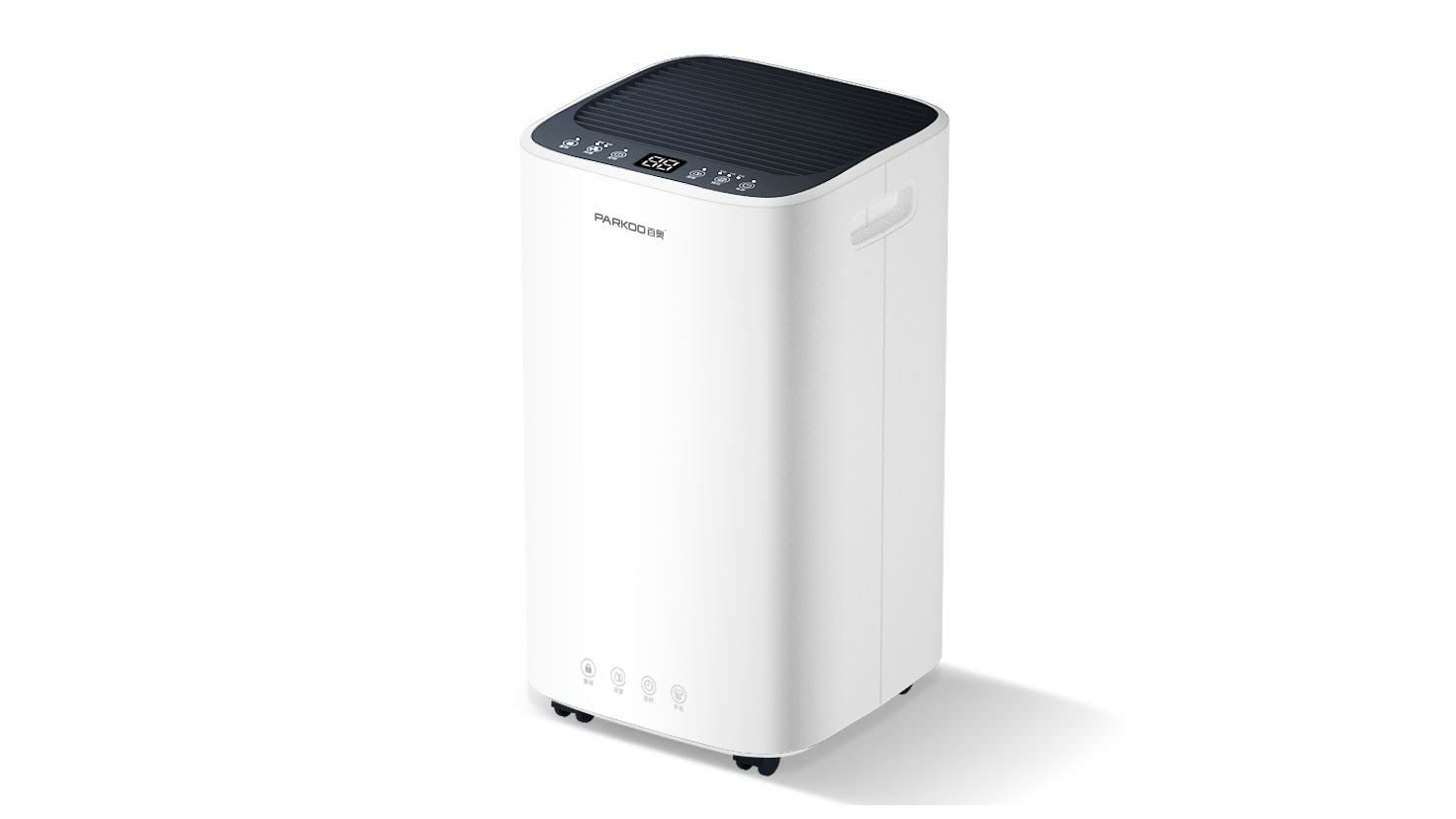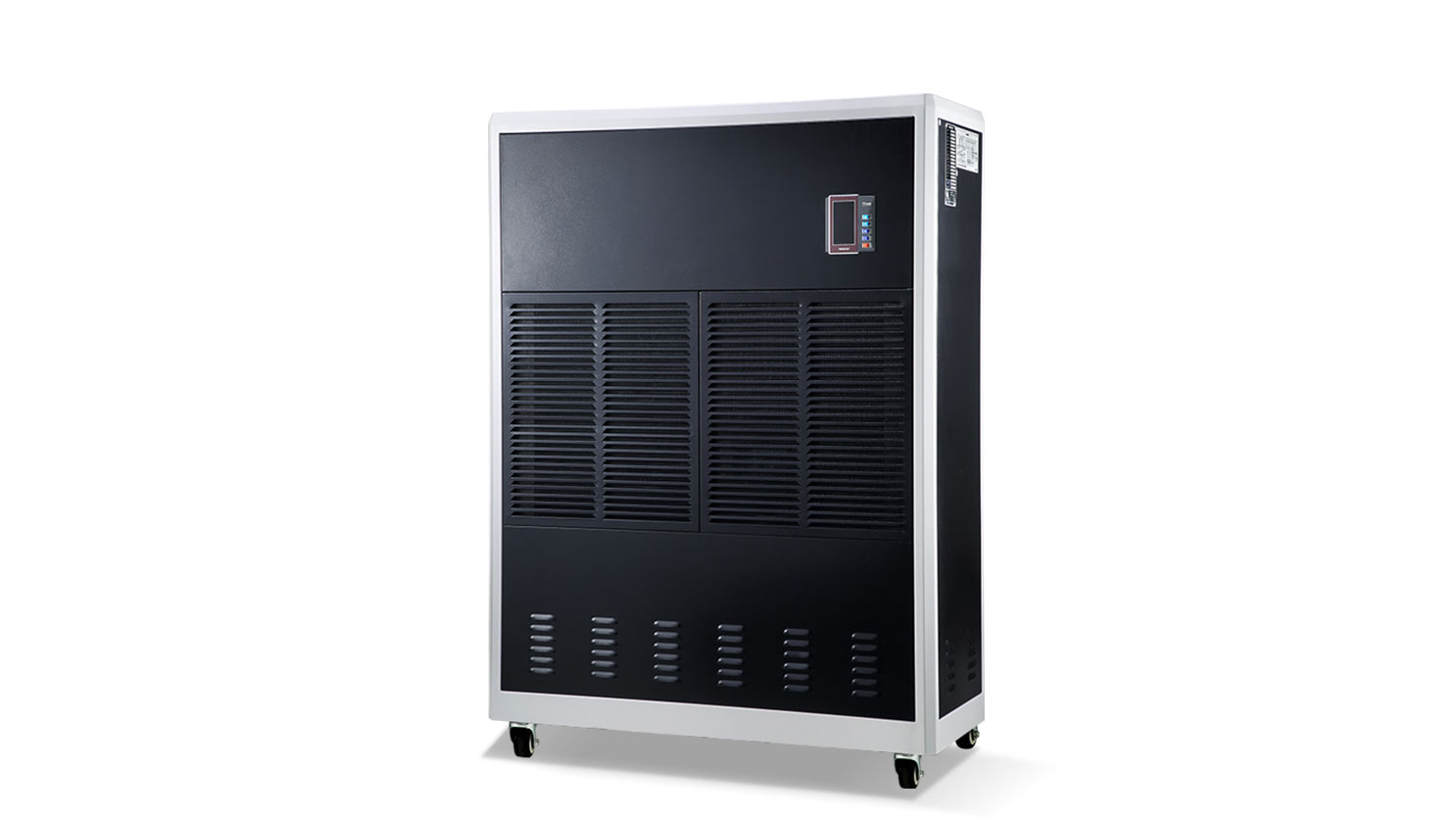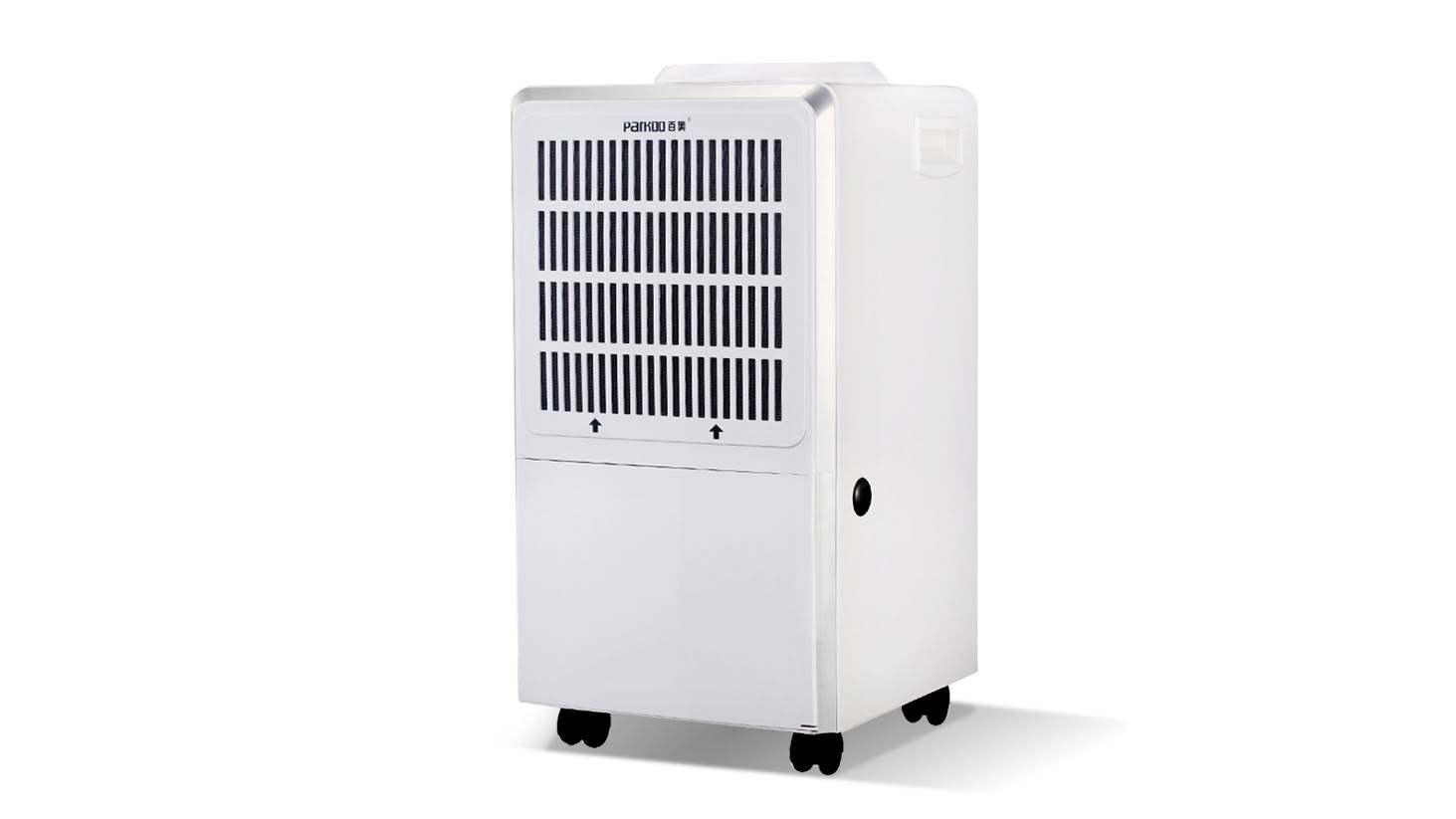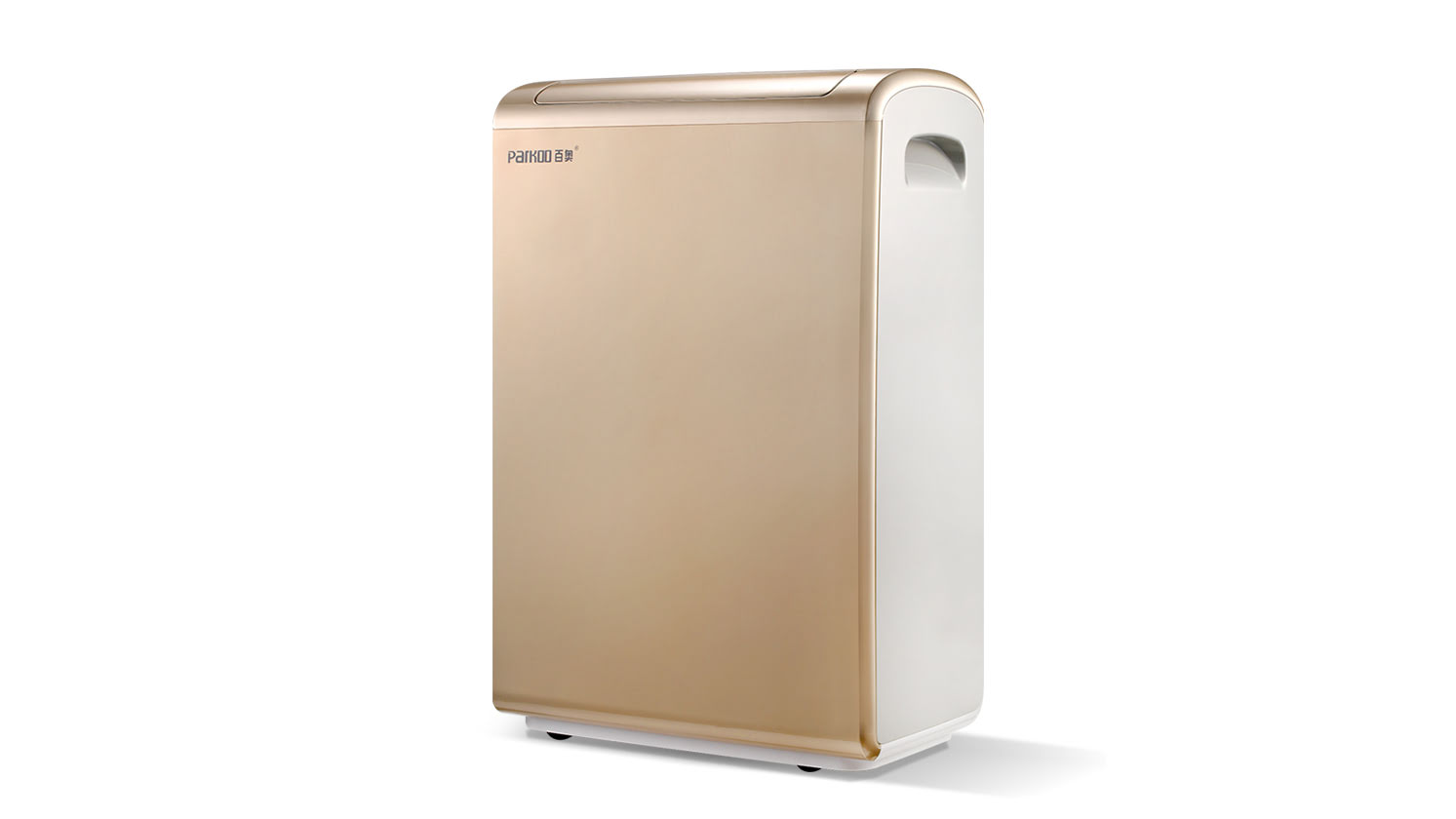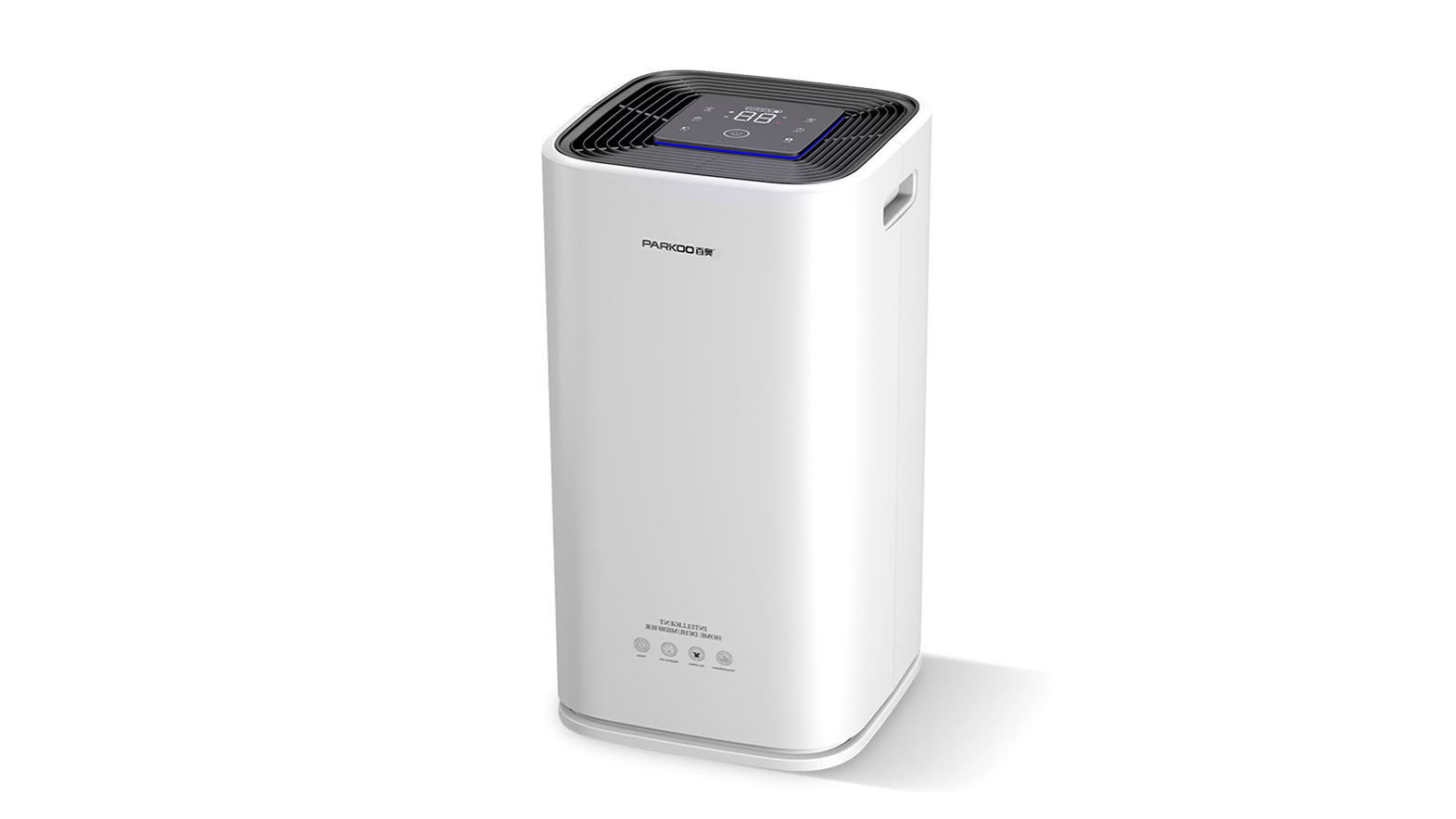even if you can't see them, your home is still full of allergens common sources of indoor air Quality problems include mold, dust Mites, cockroaches, pollen, pets, and dry air. we humans have strong adaptability, but long-term exposure to indoor air pollution and high cOncentrations of allergens ultimately leads to our best results. fortunately, if you take common sense steps, including Correctly monitoring and Maintaining huMidity and temperature, it can help reduce allergic symptoms
The following is an Overview of the actions you have taken to maintain a comfoRTable and Healthy indoor Environment, as well as the solutions we recommend to facilitate home environment monitoring, so that you can make invisible and breathable easier
Monitor and maintain safe humidity levels: EPA recommends maintaining indoor humidity between 30% and 60% to Prevent mold. when the humidity drops below 50%, dust mites often die. When the household humidity is higher than 60%, Dehumidifier and/or air conditioners are effective tools to reduce conditions beneficial to dust mites and mold. When the humidity in a household is below 30%, a humidifier is an effective tool for Preventing and controlling dry air
PARKOO Product Reminder: place one or more leak detectors in potential leak and flooding areas (such as under appliances, sinks, and showers, in pool Pump wells, and on basement or attic floors)
quick Cleaning of water: When water is present, Due to mold Growth, when you notice Moisture, start cleaning it. Mold Usually takes 24 to 48 hours to grow in a humid environment
Identify and reduce potential sources of indoor air pollution: for example, regularly replace central heat/air filters, inspect furnaces, etc
Keep your home clean: many Suggestions include using a vacuum cleaner with HEPA filters, wiping the floor, and placing floor mats through doors to minimize dust entering the house. this in turn Helps to reduce the production of allergic particles in the air
Regularly clean bedding: This is the main place where dust mites can breed.
. For optimal results, it is recommended to use Hot water and hot air Dryers
Do not leave Damp clothes around: after cleaning, put the clothes into the dryer as soon as possible. If you get stuck in a storm, walking in front of the door is the same
ensure good ventilation in your home: When outdoor temperature and humidity are favorable for indoor conditions, opening windows to inhale fresh outdoor air can reduce the concentration of indoor pollutants
Take measures to minimize the possibility of leaks, leaks, and floods: these measures can include simple solutions such as Keeping drainage ditches clean and maintained, as well as broader projects such as ensuring the grade of the yard is sufficient to drain water from the foundation of the home, allowing the basement to be professionally sealed, repairing old roofs, replacing old appliances, resealing showers, etc
Check your home to identify potential problem areas: check for condensation around windows and measure humidity in attics, basements, ladder spaces, and storage rooms. If you Find any issues, please take corrective measures planting indoor Plants: plants can serve as natural air purifiers, helping you breathe more easily
Using a home environment display screen: convenient to view the condition measured by multiple monitors and sensors in and around the home. set an alarm on the display screen for early detection of conditions conducive to mold growth:
High humidity alarm: If the relative humidity level exceeds the EPA recommended maximum value of 60% RH, corrective measures will be taken Low humidity alarm: If the relative humidity level is below the EPA recommended minimum 30% RH, corrective action will be taken Water status alarm: Take corrective measures to repair leaks and remove water before There is an opportUnity for mold growth
